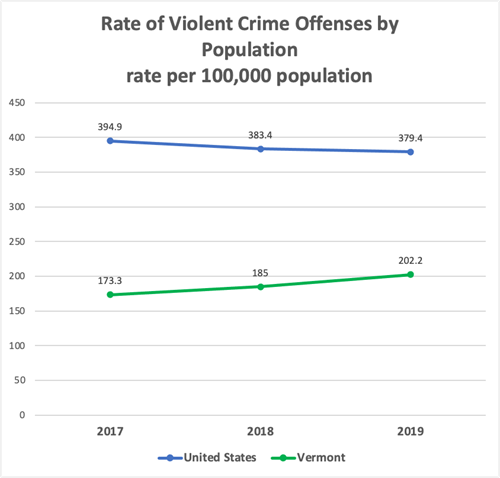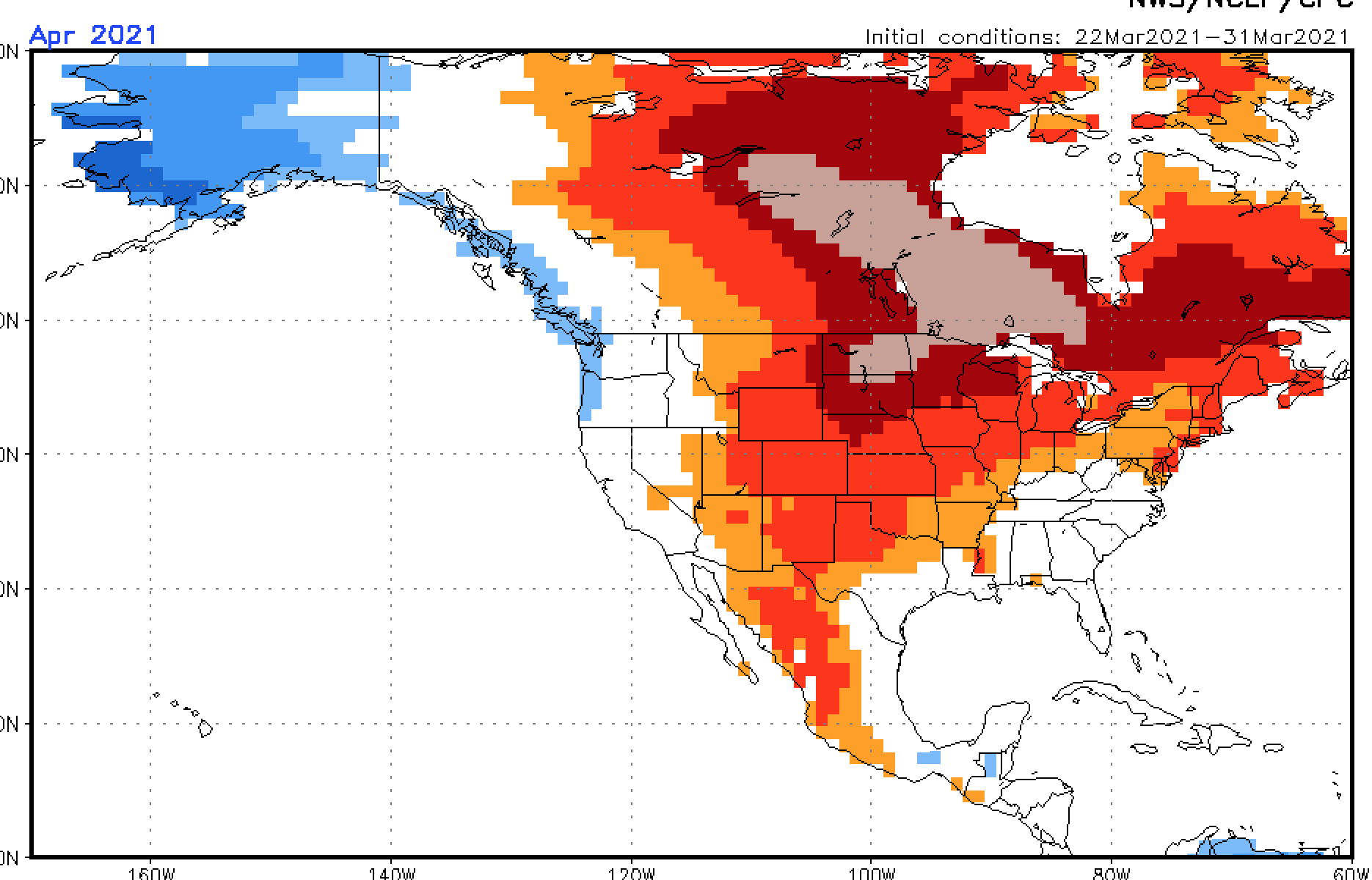Pew: ‘Key Facts About Americans and Guns’ Revealing
A recent analysis of polling data by the Pew Research Center shows personal protection “tops the list of reasons why gun owners say they own a firearm.”
This would certainly square with what a 20-something Seattle resident—a transplant from Florida about five years ago—told John Carlson, the morning drive time talk host at KVI-AM in an interesting interview about why he felt the need to arm himself and take some firearms training, and get a concealed pistol license. The young man’s name is Wyatt, and he is one of nearly 98,000 residents of Washington’s King County, which encompasses Seattle, to have an active CPL, according to the most recent data from the state Department of Licensing.
Wyatt told Carlson he’s been a witness or intended victim of crime over the past couple of years, and said he’s’ had to draw his legally-carried sidearm more than once on knife-armed thugs.
So it is no wonder why he’s part of what may be a growing number of Americans now packing hardware. The Pew story referred to a survey conducted in June which revealed “Men are more likely than women to say they own a gun (39% vs. 22%). And 41% of adults living in rural areas report owning a firearm, compared with about 29% of those living in the suburbs and two-in-ten living in cities.”
But in Seattle, where there have been at least 32 homicides so far this year, and other cities experiencing increasing crime rates in the 19th month of COVID-19, that could change.
Another revelation in the Pew report is that 48 percent of Americans “see gun violence as a very big problem.” By why single out guns for demonization? In Wyatt’s case, he was almost a victim of “knife violence,” except that nobody in the media ever calls it that. For some reason, guns get not-so-special treatment when used in a violent crime.
Pew based its conclusion on research from April which showed 48 percent of survey respondents think gun-related crime is a problem.
The same April survey revealed 53 percent of Americans “favor stricter gun laws,” but that’s a decline since 2019, when it was 60 percent. Could this have anything to do with the fact that the past 19 months have seen an estimated 8 million people purchase guns for the first time? Going through the process—depending upon the jurisdiction—can be an eye-opener for people who previously thought guns were too easily obtained. The Washington Examiner recently reported that the pandemic and rising murder numbers could change gun politics for a long time to come.
According to Pew, “Republicans are currently more likely to say gun laws should be less strict (27%) than stricter (20%)…Today, a large majority of Democrats and Democratic leaners (81%) say gun laws should be stricter, though this share has declined slightly since 2019 (down from 86%).”
Pew has also found Americans are split when asked if restricting gun ownership would result in fewer mass shootings, with 49 percent contending there would be a reduction, and 42 percent saying it would make no difference. Nine percent think there would be more mass shootings if it was harder for people to legally buy a gun.




